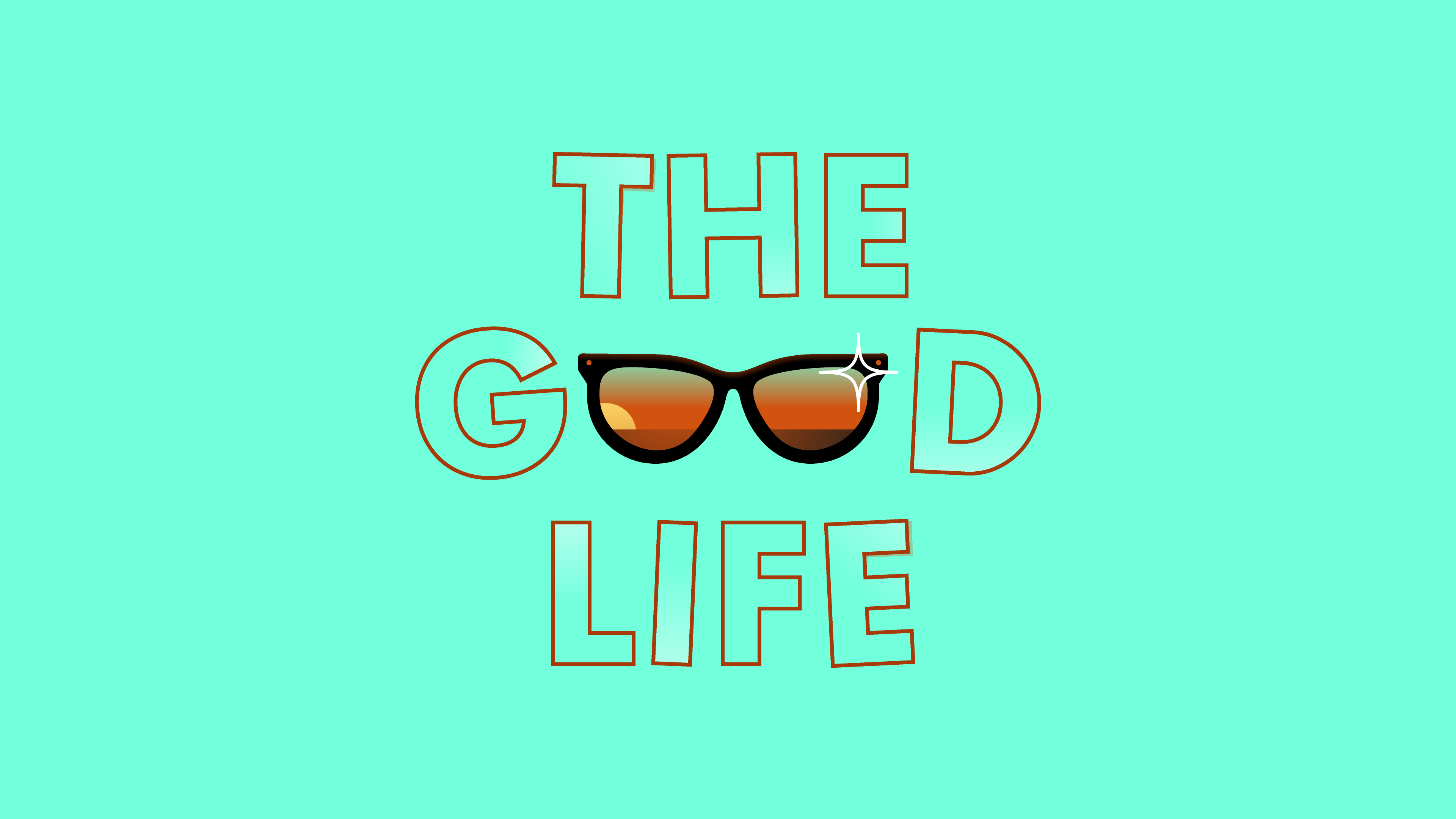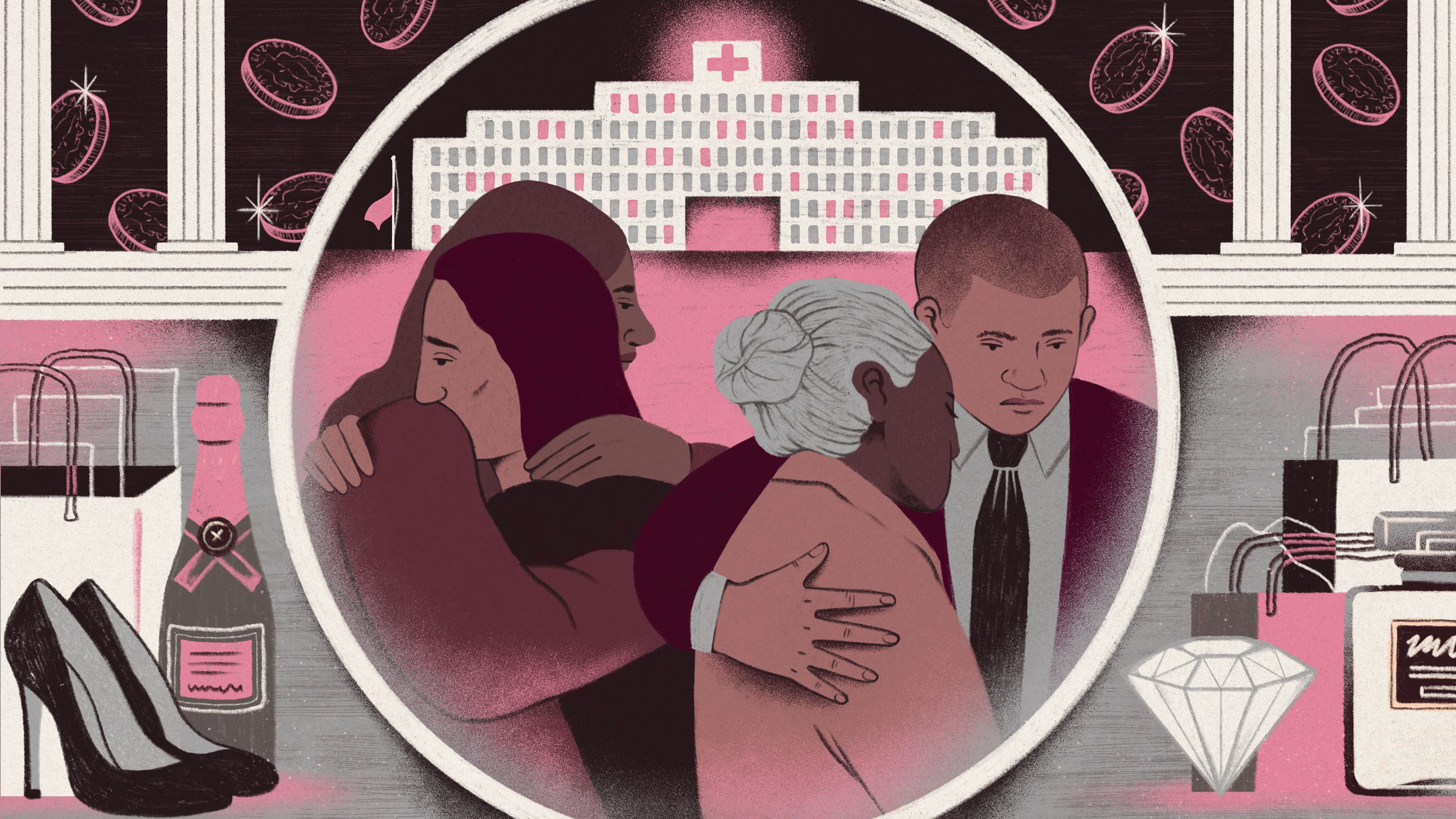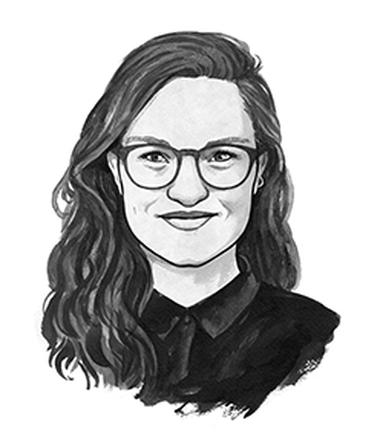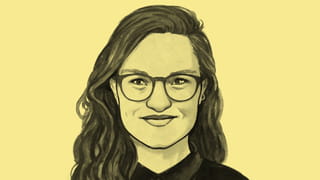The year 2020 tests any belief in the good life. It is a time of pestilence and ash, of state murder and revolt, of alienation and disruption. After nine months, some are still wishing it would magically end. We long to jump ahead to 2022, when it’s all over, to hibernate through it. We wonder, can’t we just hit pause on the progress of life until this blasted virus has wound its way out of our systems?
Unfortunately, no. Despite these pleas echoing across the world, the past months have taught us that the machinations of society, WH Auden’s clocks, cannot be stopped even for a plague. Life, though interrupted from its normal course of events, still goes on.
And since we cannot hibernate our way out of this period, we must muddle through, feeling the shifts and discomforts that the pandemic has brought. The ways in which the pandemic has changed so much of how we live – from the small to the large, from how and when we work and parent, to how we buy our food, and even how we mourn – has been documented exhaustively. These changes are innumerable and variable, but what is true everywhere is that this Covid-19 epoch has forced individuals, families, companies, communities, nations, civil societies, and global networks to reflect on their lives. And many of us have found them wanting.
In April, I remarked to a friend that it felt like we’d been playing a game of musical chairs, and we’re now stuck wherever we had found ourselves when the music suddenly stopped. He replied wearily: “And some of us don’t even have chairs.”
Days later when I lost my job, I recalled his words, and felt one leg of my own chair drop away. Here, in the stasis of a half-frozen world in which we cannot shut down completely but can’t move forward either, the people of planet Earth in the year 2020 must confront all the choices we made leading up to now, all the sacrifices or wrong moves, all the bad or good luck, all the things we’d put off, and all the assumptions we’d made about our lives and the world around us.
Everyone I know seems to be falling apart in some way or another, vacillating between despair and hope. Everyone is uncomfortable.
Which is to be expected, really. A sudden, global reckoning was always going to hurt. It is as though we are all being forced, at once, to do what Greek philosopher Socrates demanded: that we all examine our lives. According to Plato, Socrates said the unexamined life wasn’t worth living – but he never indicated the examination would feel good.
How to live a good life
The mandate to examine our lives has been on my mind since the pandemic first interrupted mine. I woke up, lying in the bed I had figuratively made, and suddenly, through happenstance, I had a moment to look around and ask myself some of the big questions I had been too busy hustling to have time for.
Am I living the right way? Am I working toward the good life?
The good life, as a concept, has two main frameworks, which we can juxtapose as the philosophical and the commercial. The philosophical “good life” is an idea about which qualities make a lived life good. This framework takes into consideration the whole life, however that good life is defined – whether from a western, eastern or religious perspective – it must be achieved by living according to principles that further those values.
As professor of philosophy Massimo Pigliucci explains in the introduction to How to Live a Good Life, a collection of philosophical essays on this topic: “We all have a philosophy of life, because we were exposed to it when we were kids.”
There are many different philosophical answers to what makes a life good (is it virtue, obedience, knowledge, happiness?), but whether it’s Socrates, Aristotle and the Stoics talking about the good life, or Confucius and the Daoists, or the proponents of Judaism, Christianity, and Islam, the notion carries with it a set of rules for living – practical daily steps and tasks that should add up to some kind of good life.
A good life for sale
The commercial concept of the good life is the one sewn into pillows you can buy for your couch. It’s for sale across the world, promised by cruise lines and spa retreats, paraded around in Instagram posts of a decadent meal or the perfect at-home pandemic movie theatre. It is a Pinterest vision board. This commoditisation of the good life is a thing to be felt in the present, rather than an account of the whole of a life.
The commercial concept of the good life is the one sewn into pillows you can buy for your couch
This kind of good life is something you achieve not through the practice of certain rituals and actions, but by the collection of the right kind of experiences and goods, be they clothes or awards, sex on airplanes, or acres of land. It is meant to be invoked by the US state of Nebraska in its official motto: “Nebraska … the good life.” The good life is seen not as a philosophy of life, as the historian of philosophy Pierre Hadot described it in his groundbreaking work on the subject, but as an object to be acquired.
These two conceptual frameworks for thinking about the good life are different but intermingled, and both have a hold on our imaginations. They each lead to powerful myths that guide generations of choices.
Consider the most pervasive myth of the good life in my country, the US: the American Dream. It’s the pull-yourself-up-by-your-bootstraps, anyone-can-make-it, big-white-picket-fence-and-all promise that combines a commercial vision of the good life with the inspiring political lie of meritocracy. Of course, the American Dream is out of reach for millions. Crucially, either of these frameworks of the good life leads to definitions that exclude people.
If the good life is for sale, but you have no money, you’re shut out. If procreating is the means to the good life, but you can’t or don’t, you’re shut out. If the good life is to experience as much of the world as possible, but you don’t have vision or hearing, or the means to travel, you’re shut out. If the good life is one of ease, but you live in pain, you’re out. If it’s achieved through education but you have no access to learning, you’re out. If it is something you’re born into, but you’re born in the wrong place, in the wrong caste, you’re out.
Even if access to the good life is enshrined in the founding documents of your nation – as in the US Declaration of Independence, which states that the pursuit of happiness is a basic human right – it can leave out swaths of humanity. The rights described in that document, after all, did not apply to the enslaved people the founding fathers considered their property nor the Native people whom they and their forbearers had murdered and displaced. Neither, arguably, did it apply to women, who did not have the right to vote or own property at the birth of the new nation.
Yet the good life holds us in its thrall. Even as I was writing these words, my smartphone pinged and told me I needed to answer a question in a therapy app I recently downloaded. “What is my definition of the good life, and does it match that of my life partner?” it asked. Jesus, app, that’s a complicated question, and one I’m currently late on deadline to figure out!
I channelled Karl Marx and replied: “Is the good life even possible under a capitalist system that alienates humanity from our true purpose of self-actualisation through communal labour?” and returned to this essay, because, dear reader, I put you first always.
The good life is an idea we can’t quit, even if we don’t think of it actively, or even if we do and believe it’s problematic. It’s there in the back of our minds, an ever-moving goal post.
A 2020 odyssey
So is the good life a lie? A trap? A helpful guide? Why, when so many people live in so many different ways according to so many different values and beliefs, are so many of us so unhappy? And what, if anything, does happiness really have to do with the good life?
These are the questions gnawing at me, as they have gnawed at humans as far back as there has been historical record, and they are questions which I will explore for The Correspondent in the coming months.
The series, The good life: a 2020 odyssey, will examine the concept of the good life, the ways people attempt to achieve it, the reasons people change how they define it, and the history and evolution of the idea across cultures. I will interview philosophers and psychologists whose work is to understand the moral and emotional quest for the good life.
I will speak to sociologists, whose work is to tease out the macro-level trends, social norms and fissures that enable or prevent the good life. And I will get to know people who have sought the good life deliberately in various ways, and those who have changed course.
I will investigate whether it’s possible to really change one’s definition of the good life, and ask where our internalised definitions come from – our upbringing, our culture, our history? There are enough books on the topic to devote an entire bookstore to, and we will investigate many of them, asking as we go: can they change our lives? Can they pull us back from the brink of living a bad life (which is perhaps as slippery to identify as its opposite)?
We’ll meet disability researchers who study the ways the world is physically designed to leave people out, and we’ll meet people who have sought the good life by dropping out of society entirely. We’ll talk to children and teenagers who want to radically reimagine the good life, and we’ll read the words of people reflecting on their lives as they come to an end. We’ll meet activists protesting in the streets, demanding a better life.
And you’ll meet me, a person grappling with all this in real time. Why, when forced to look at where I am, where I’ve come from and where I’m going, do I feel so unsure of the path before me?
When I was nine years old, my parents were separating and I felt similarly unmoored as I do now. I began imagining myself as an old woman. Late at night I’d time travel in my mind to the end of my life. I’d see my liver-spotted hands folded in my lap as I sat in a rocking chair, shawl over my shoulders, and children of around nine years old at my feet. One of them, the precocious girl who looked suspiciously like my young self, would ask: “Grandma, did you live a good life?” In my childhood bed I’d squeeze my eyes shut and try to see what this future me pictured as she prepared to tell her life story. I could never quite make out the specifics she was remembering, I would see flashes: a big red pick-up truck; babies; tall dry grasses swaying in the sunshine.
This series will be an act of publicly educating myself about my own assumptions and blind spots, my own ignorance at other ways life could be lived, in an effort to try to understand my own discomfort and help people in similar situations learn from my journey. I have run through tall grasses. I have kissed my babies on their cheeks. I have never yet owned a pick-up truck, but I am still young. Though the liver spots are sprouting, I have time left. I want to live to rock in that rocking chair, and tell my granddaughter: “Yes honey, I lived a good life, a great one, and you can, too.”
But first I need to figure out what that means. Will you join me?
 Podcast: In search of a good life
The pandemic is new, but the question of how to live a good life is as old as the Ancient Greeks. Emily Dreyfuss speaks to Eliza Anyangwe about why she’s searching for the good life, and why now.
Podcast: In search of a good life
The pandemic is new, but the question of how to live a good life is as old as the Ancient Greeks. Emily Dreyfuss speaks to Eliza Anyangwe about why she’s searching for the good life, and why now.
Dig deeper
 Mutual aid is sweeping the world. Here’s how we make this anarchist way of organising last
Mutual aid initiatives have rapidly spread during the coronavirus pandemic. But as the crisis is only likely to change and not abate, can community-led action stay the course? Argentina may well have the answer.
Mutual aid is sweeping the world. Here’s how we make this anarchist way of organising last
Mutual aid initiatives have rapidly spread during the coronavirus pandemic. But as the crisis is only likely to change and not abate, can community-led action stay the course? Argentina may well have the answer. Our world is built for profit. Let’s build one that protects us instead
We live in a society where it’s easier to get a Michelin-star meal delivered to our doorstep than it is to get a medical mask that protects our nurses and doctors. And it’s designed that way. But we can change it for the better, just as we can change ourselves.
Our world is built for profit. Let’s build one that protects us instead
We live in a society where it’s easier to get a Michelin-star meal delivered to our doorstep than it is to get a medical mask that protects our nurses and doctors. And it’s designed that way. But we can change it for the better, just as we can change ourselves.


